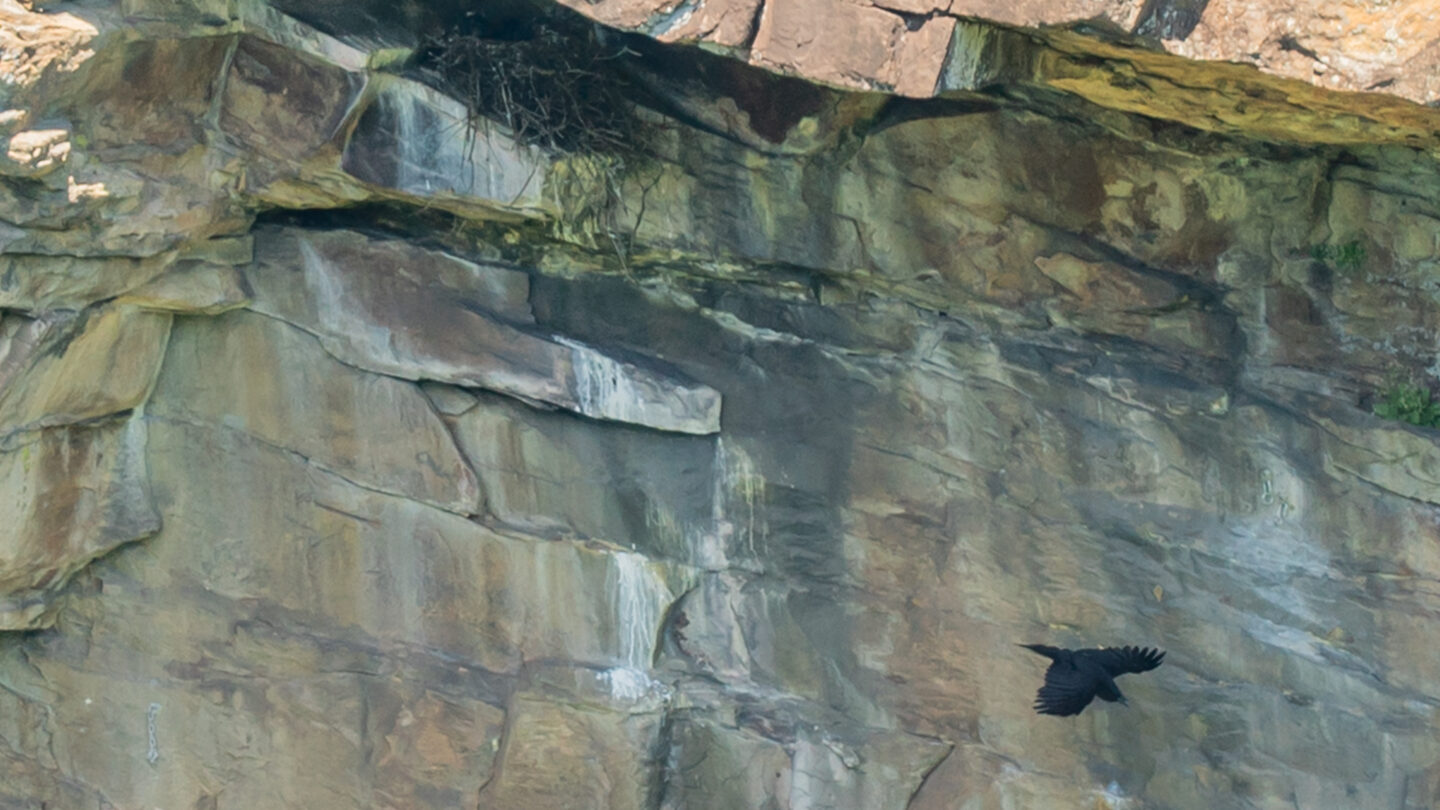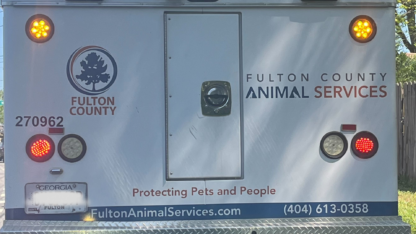A pair of common ravens is raising chicks on the cliff face of Tallulah Gorge in north Georgia.
It’s a rare event; the big, shaggy, clever black birds aren’t often seen in Georgia.
The ravens and their nest are visible from an overlook along the rim trail of the gorge in Tallulah Gorge State Park — though not easily. Visitors will need binoculars or a spotting scope to see the nest.
“If you were looking at it with the naked eye, you would never see it,” said Kim Hatcher with Georgia State Parks and Historic Sites. “You wouldn’t notice until you saw the parents coming in to feed the chicks.”
Park rangers have left instructions and photos at the overlook with the best view of the nest to help visitors know where to find it. There’s also a notebook where people can leave notes on what they see.
Common ravens are corvids, cousins to crows and jays. Like their relatives, they’re known for their intelligence. Ravens can solve problems, and they work together to find food. They can also be fun to watch, said Bob Sargent, a program manager with the Georgia Department of Natural Resources (DNR).
“If I can anthropomorphize, there’s a degree of playfulness that’s readily apparent,” he said. “They engage in all kinds of acrobatic flying. I’ve seen them do somersaults and barrel rolls.”
Another Georgia DNR staffer first spotted the nesting birds when she checked the area for peregrine falcons, which have nested there in the past. They weren’t there, but the ravens were.
According to Sargent, ravens have recently nested at Brasstown Bald and a couple of other spots in north Georgia, but there are many years when there are no raven nests in the state at all.
Officially, in Georgia, they’re considered a rare species.
People who have spent time in the western U.S. might find that hard to understand. In parts of the country, common ravens are widespread, not only in wilderness areas but also in cities.
“One person’s common bird is another person’s rare bird,” Sargent said.
He said they were probably never all that common in the Southeast, but they became even scarcer as the old-growth forests in the eastern part of the country were cut down.
“By the early 1900s, the raven was in trouble in the eastern United States,” he said. By the mid-1900s, many southeastern states listed the species as threatened or in danger.”
Now, he said, ravens appear to be bouncing back on this side of the country. Survey data shows the number of them increasing by 2% or more every year in the East.
That rebound is in stark contrast to many bird species that are declining dramatically. A 2019 study found species declining by 20, 30, even 50% since 1970.
“The big picture is a very mixed blessing,” Sargent said. “There are a lot of species who are declining at alarming rates. In some instances, 3 or 4% a year.”
For now, though, the ravens in Tallulah Gorge are there and on display. The two chicks haven’t left their nest yet but likely will in the next week or two.










